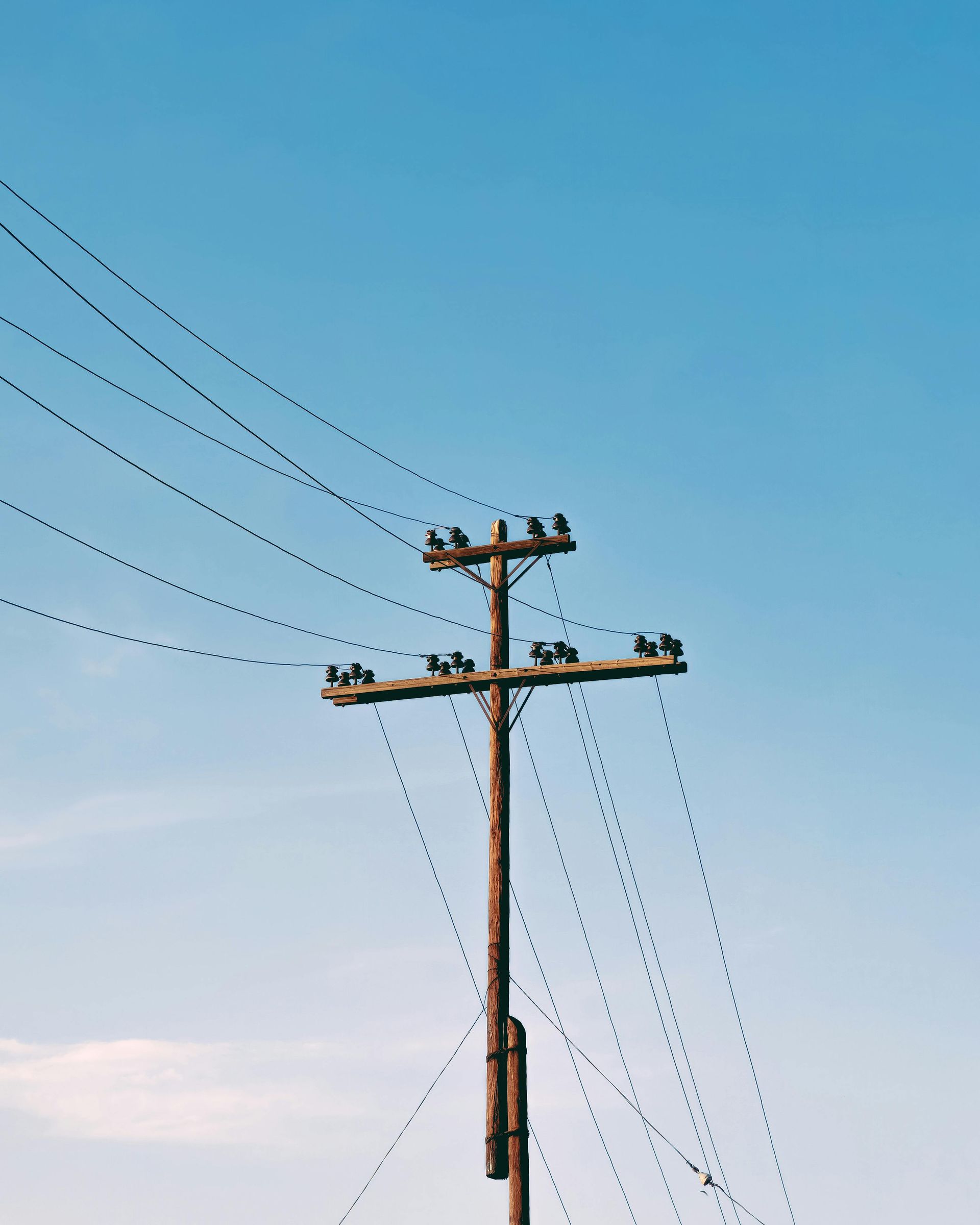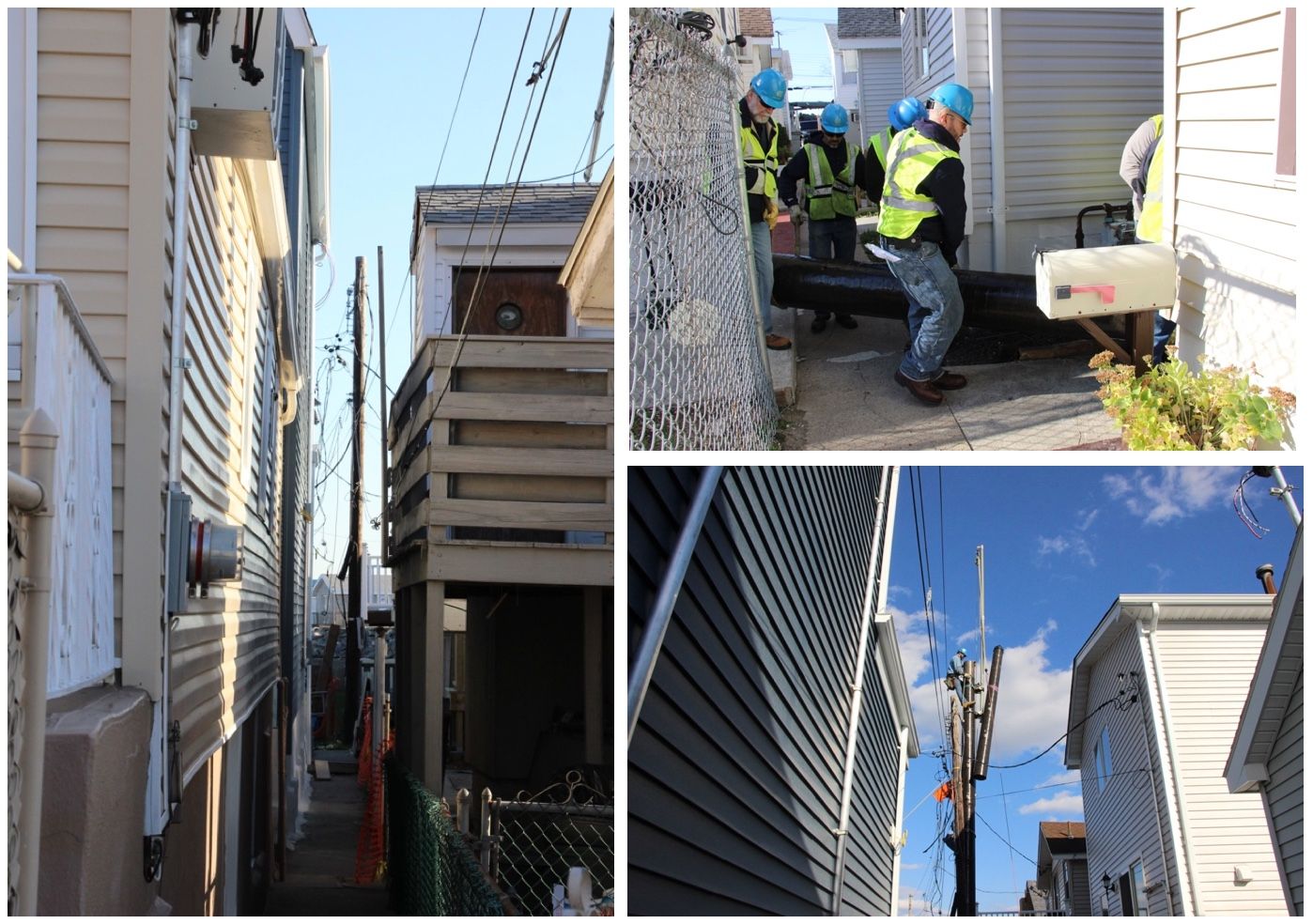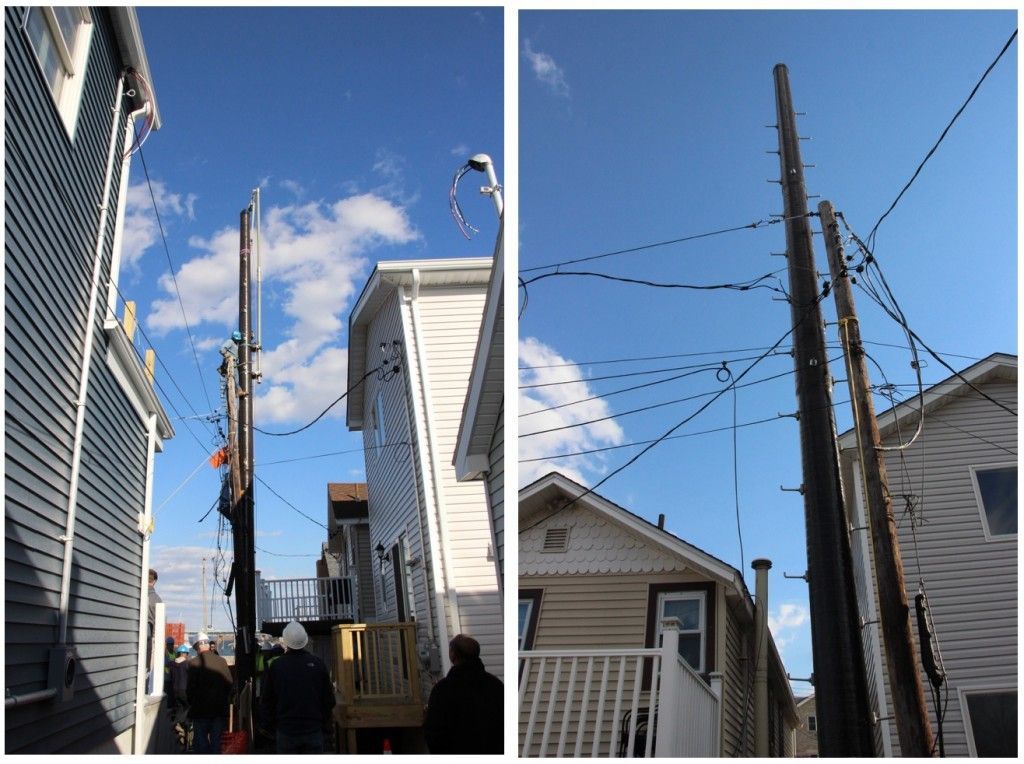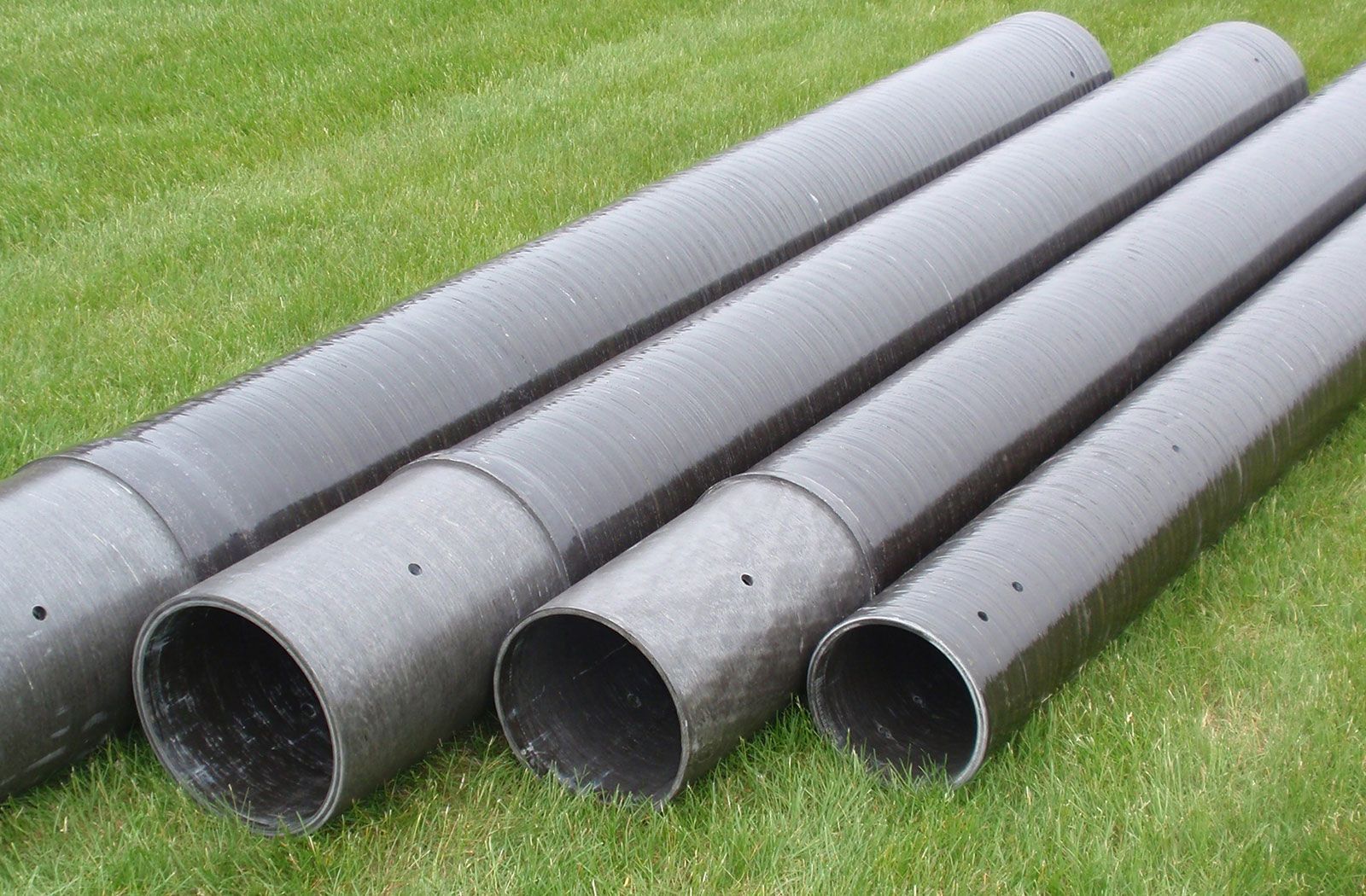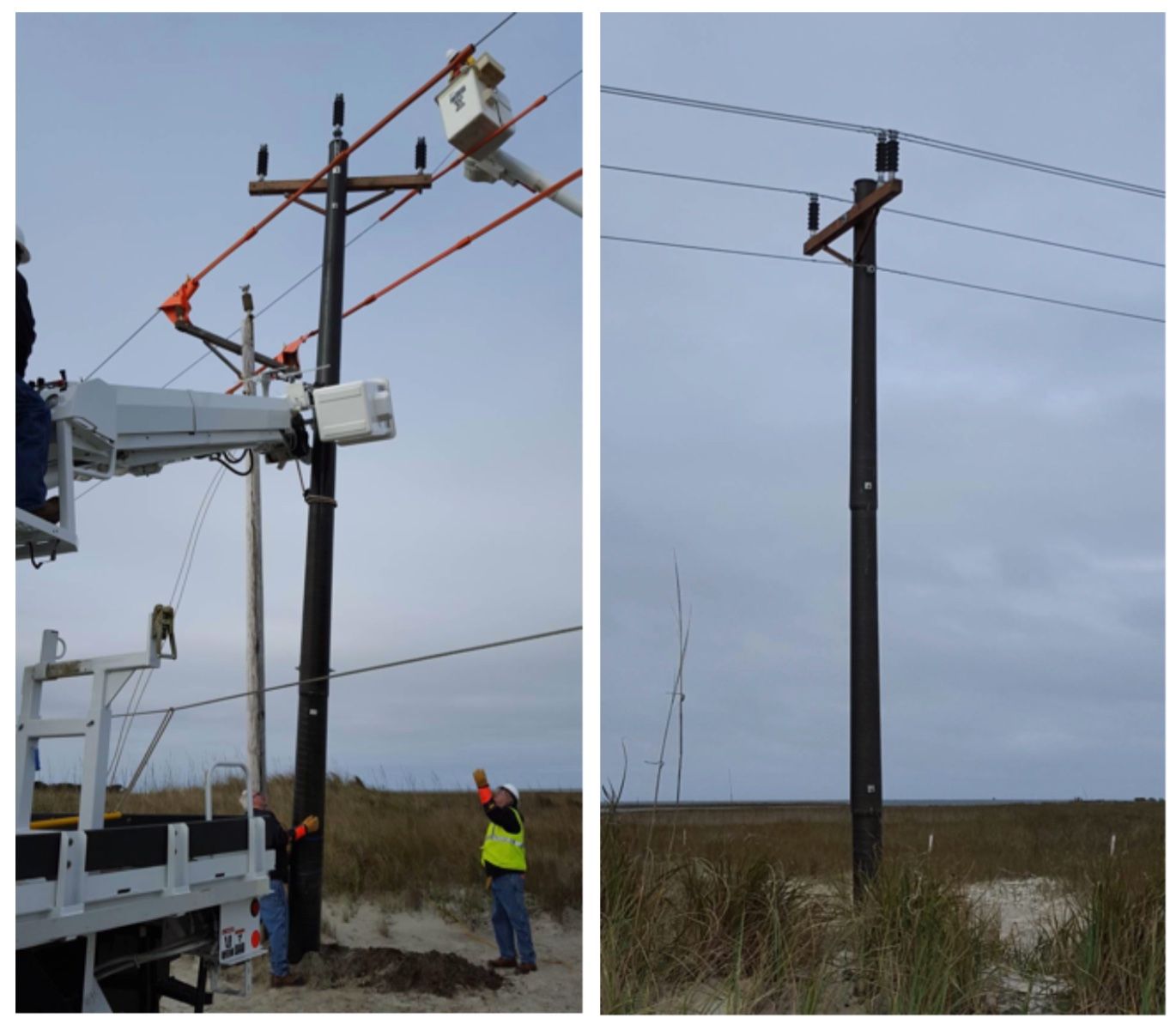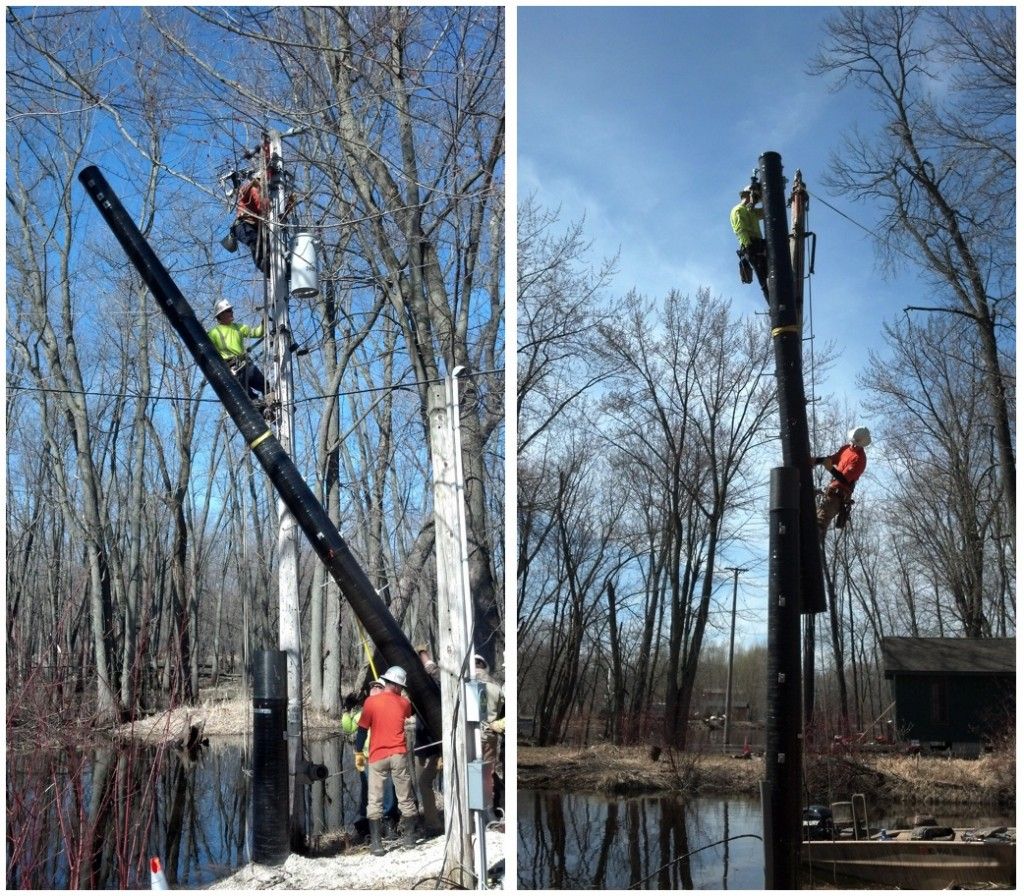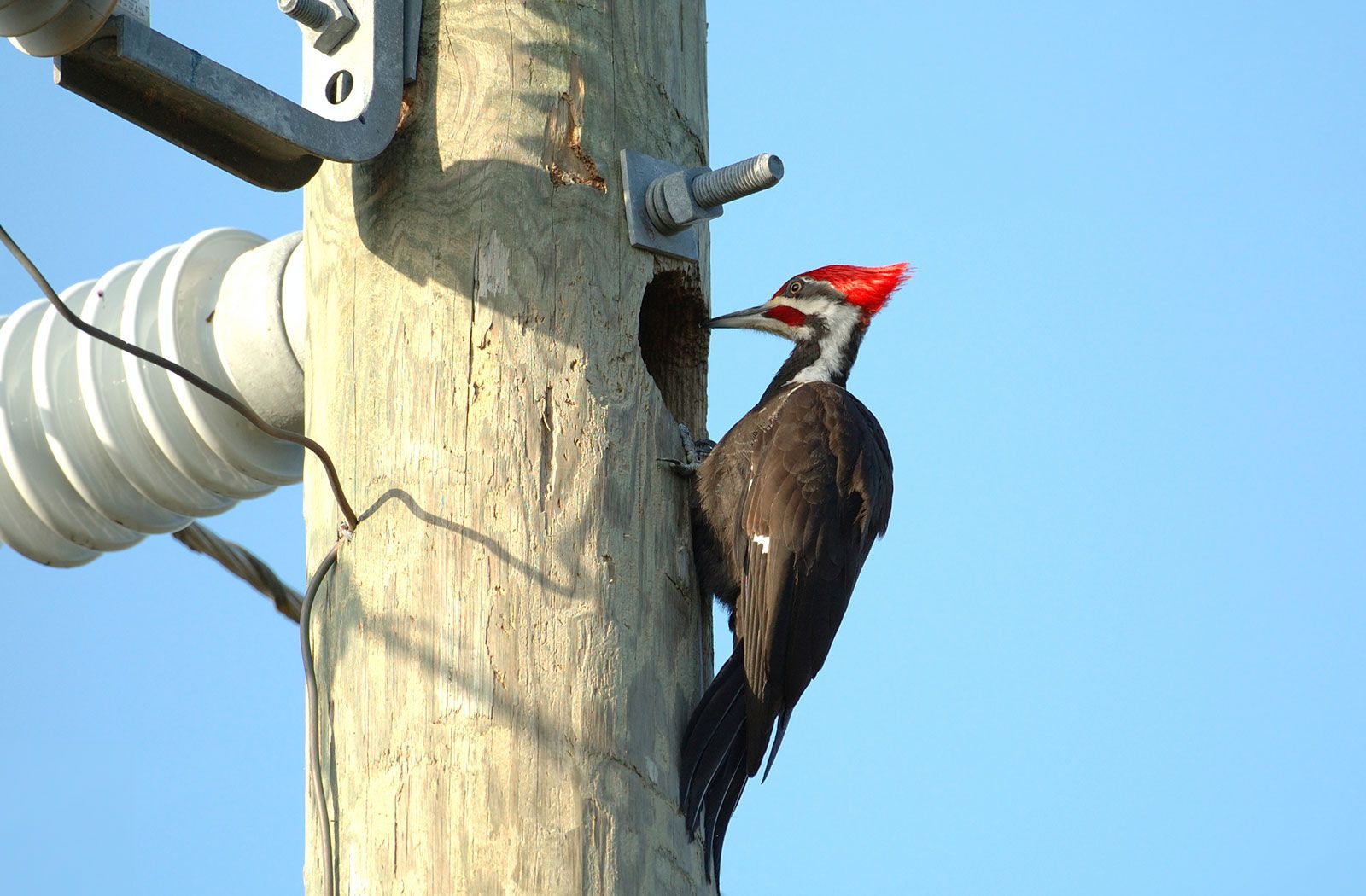How to Choose a Utility Pole Supplier: Lead Times, Storm Response, and Total Cost
How to Choose a Utility Pole Supplier: Lead Times, Storm Response, and Total Cost
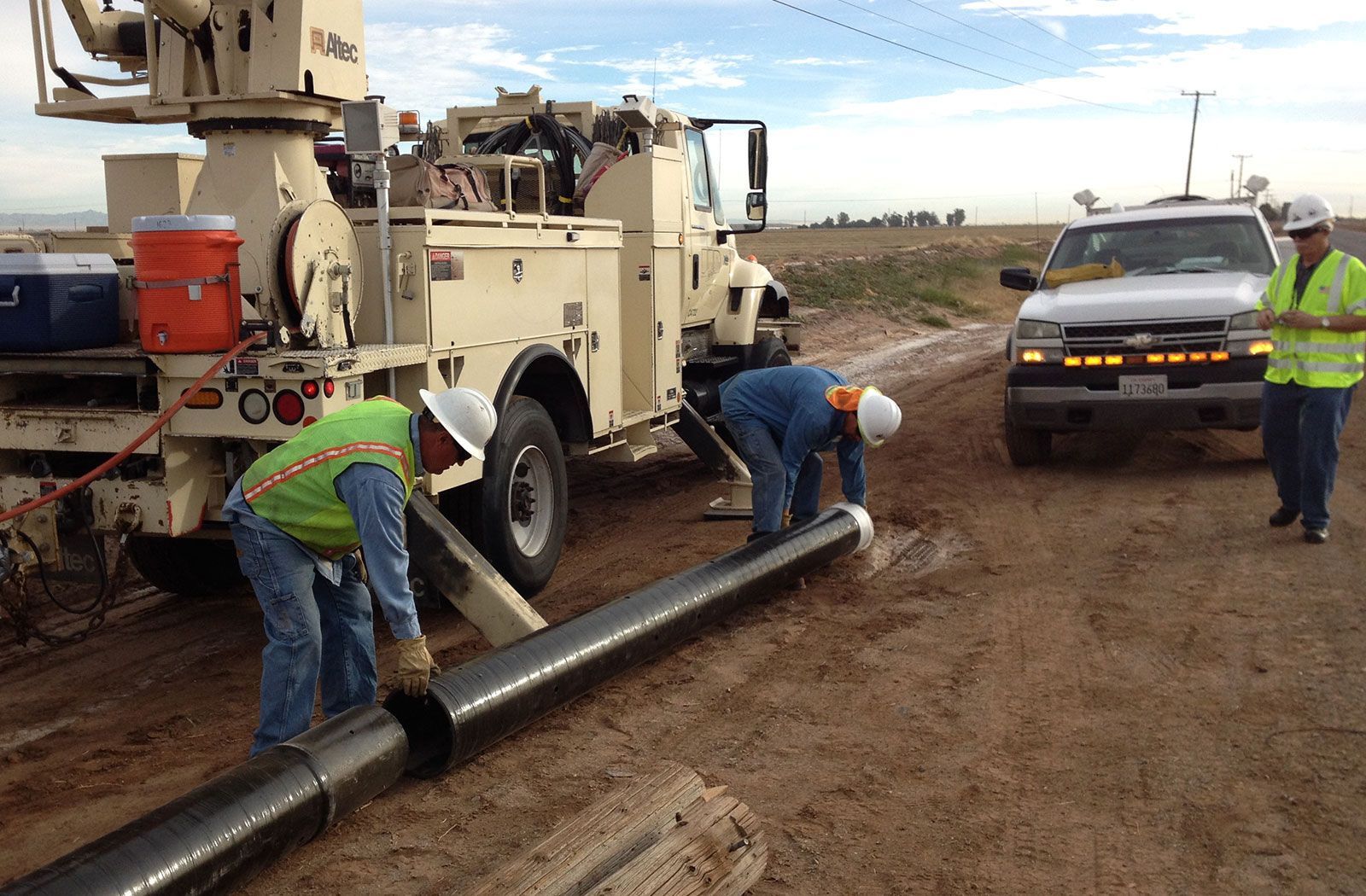
Field-proven performance
Ask for references in climates like yours and use cases that match your network: storm-hardening corridors, coastal spans, repeat roadside strikes, and back-lot replacements. A supplier committed to reliability will share data and examples—not just datasheets. Confirm third-party testing, certifications, and real installation photos or videos.
Installation flexibility
Confirm segment length/weight, joint design, and whether vertical assembly is supported. Sectional composites with true slip-fit joints let crews work safely in alleys and yards without heavy equipment. That reduces property impact and keeps projects moving when access is tight. Ask for a sample job plan listing crew size, tools, estimated set time, and safety steps.
Inventory and restoration readiness
Storms don’t honor lead times. Interchangeable segments and standardized hardware make stocking and mutual-aid coordination easier. The ability to replace only a damaged section can shave hours off restoration and reduce traffic control needs. Ask for recommended stocking levels by district, surge capacity commitments, and how quickly the supplier stages shipments during regional events.
Environmental resilience
Coastal air, UV exposure, freeze-thaw cycles, and industrial atmospheres punish materials differently. Corrosion-free, rot-free composites reduce inspection burden and extend service life. If you’re considering steel or wood, request coating schedules, treatment details, and inspection frequency—and make sure those costs are priced in bids. Clarify recyclability and disposal pathways to satisfy EHS requirements.
Life-cycle cost, sustainability, and support
TCO beats CAPEX. Ask vendors to price decades of inspections, replacements, restoration, and outage penalties—not just the pole. Request sample calculations you can adapt to local routes and labor rates, and add them to board or commission packets. Finally, evaluate training, QA, and warranty support: on-site demos, inspection checklists, post-install audits, and a single point of contact during storm events.
Due diligence and scoring
Create a transparent scoring matrix before RFPs go out. Weight categories like technical fit (30%), installation flexibility (20%), inventory/surge (20%), TCO & sustainability (20%), and training/QA (10%). Run a pilot set in a challenging back-lot location and score real-world performance—set time, property impact, and crew feedback—before awarding a larger contract.
Site visits and references
Before final selection, schedule a factory/yard visit to verify inventory claims and QA processes. Call references who’ve installed in environments like yours—ask about set times, warranty responsiveness, and delivery performance during the last major storm.
For use-case planning, see Applications; for budget modeling and ESG reporting, review Benefits. Align technical criteria with Power Pole Specifications, and give stakeholders a primer via Types of Utility Poles.

